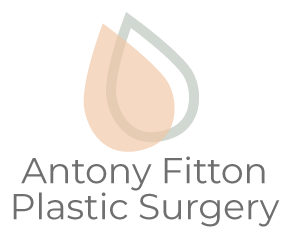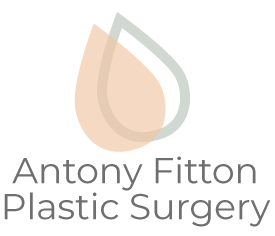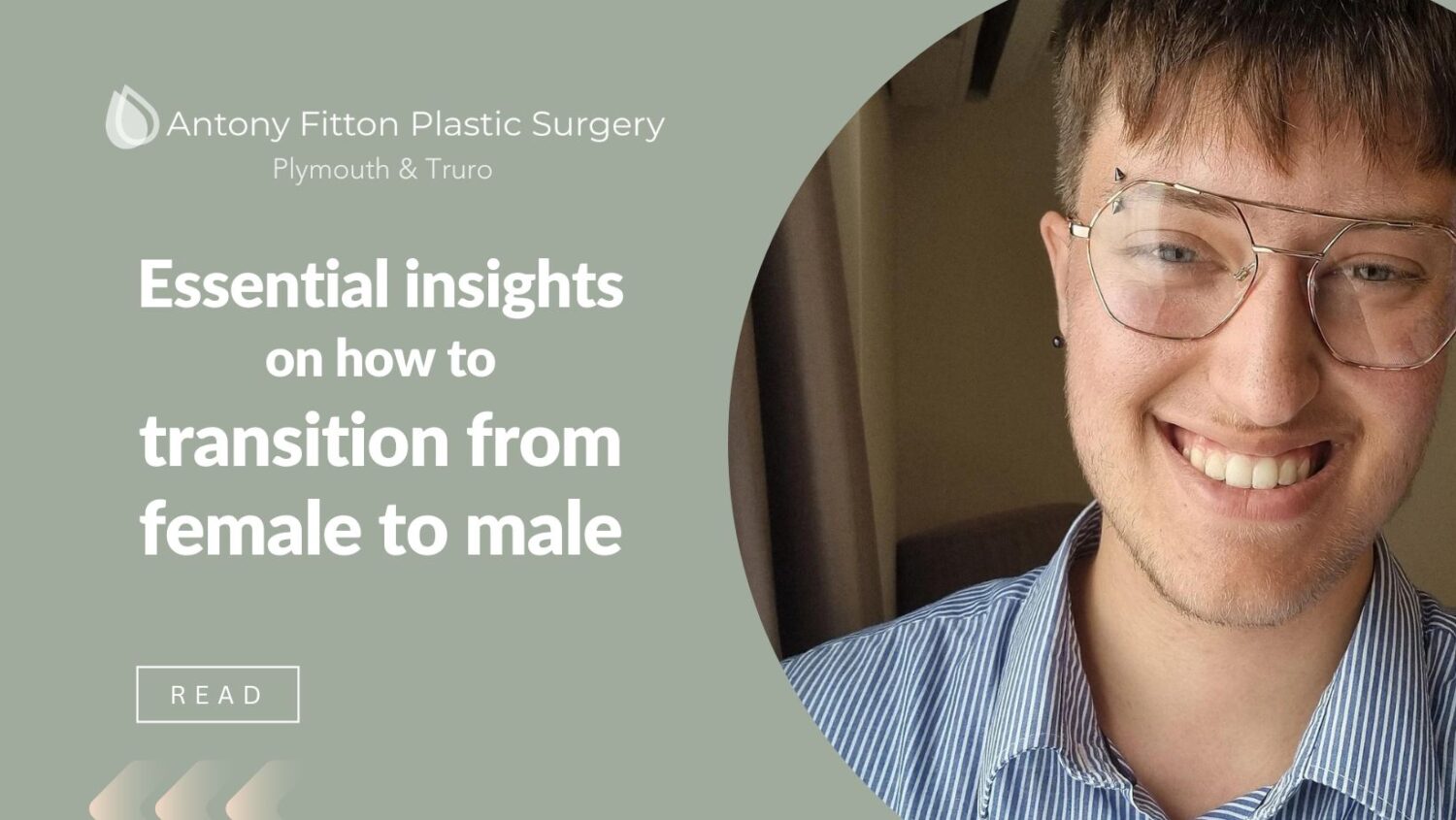
Essential insights on how to transition from female to male – Part 1
PART 1
Embarking on the journey from female to male is a significant and personal experience filled with both excitement and challenges.
For many, it is a path towards aligning one’s physical appearance with their true gender identity. This journey, known as the female-to-male transition, involves a range of steps, including hormone therapy and possibly gender reassignment surgery. Support systems also play an essential role in making this transition a smoother and more positive experience. Whether you’re just starting or seeking more information, understanding each stage can make a world of difference.
Transitioning from female to male (FTM)
Transitioning from female to male (FTM) is a deeply personal journey and can be a time of excitement, anticipation, and occasionally, trepidation.
It involves different steps, including hormonal therapy and, potentially, surgeries, alongside social and lifestyle changes. Each individual’s path will vary, as it is influenced by personal goals, physical considerations, and emotional readiness.

Defining Female-to-Male Transition
The FTM transition is an umbrella term for the process where an individual who was assigned female at birth makes changes to align with their male gender identity. This process can include modifying one’s appearance, name, and pronouns to better match their experienced gender. Key components often include hormone therapy and surgeries, but it’s crucial to remember that one’s gender validity isn’t reliant on undergoing all these changes. Each person’s journey is uniquely their own.
Assessing Readiness and Setting Goals
Before embarking on your FTM transition, reflecting on your readiness is essential. This involves:
- Emotional and Mental Preparedness:
Are you emotionally ready to start this journey? Consider seeking support from a mental health professional who understands transgender issues. - Research and Information:
Knowledge is empowering. Spend time learning about the transition process, the effects of hormone therapy, and potential surgeries. - Support System:
Having a reliable support network in place, whether friends, family or support groups, can make a significant difference. - Goal Setting:
Determine what aspects of the transition are most important to you. Some may prioritise hormone therapy, while others might first opt for changing their name or pronouns. Defining clear, achievable goals can give direction and purpose along this journey.
- Emotional and Mental Preparedness:

Hormone Therapy
Hormone therapy is often a significant aspect of the FTM transition process. It enables physical changes that help align one’s appearance with their gender identity.
Overview of FTM Hormone Therapy
FTM hormone therapy involves the administration of testosterone, which leads to masculinising changes. It’s typically administered via injections, patches, gels, or pellets. It’s important to consult with a healthcare professional who can guide you through the process and help personalise the treatment. Regular check-ups are essential to monitor hormone levels and assess the therapy’s impact.
Physical Changes to Expect
As you start your journey with FTM hormone therapy, several physical changes may begin to surface, influencing both your appearance and the way you experience your body:
- Voice Deepening: One of the most noticeable changes is the deepening of the voice, often occurring in the first few months.
- Facial and Body Hair Growth: Over time, you might notice increased facial and body hair growth — think sideburns, moustache, and even a little beard action.
- Muscle Mass Increase: Testosterone may boost muscle mass and possibly alter fat distribution, enhancing a more traditionally masculine physique.
- Menstrual Changes: Hormone therapy will typically lead to the cessation of menstruation.
- Skin Texture and Hairline: You might observe changes in skin texture, with skin becoming oilier, and alterations in your hairline.
Managing Side Effects and Health Considerations
While hormone therapy can bring affirmative changes, it’s also crucial to manage any side effects and consider long-term health:
- Mood Changes: Emotional fluctuations may occur. Keeping communication open with your support network and therapists can be beneficial.
- Acne and Oily Skin: Increased testosterone can lead to acne. A good skincare routine and professional advice can help manage these changes.
- Cardiovascular Health: Testosterone can impact cardiovascular health, so regular monitoring is vital.
- Bone Health: Hormones play a role in bone density, so maintaining bone health with a balanced diet rich in calcium and vitamin D is essential.
It’s important to discuss all these aspects with your healthcare provider to tailor a plan that works best for your body and your needs. Remember, your transition journey is as unique as you are, and taking care of your health is an integral part of that journey.

Surgical Options
When it comes to transitioning from female to male, surgical options are a significant aspect of the journey. This medical procedure can greatly affirm your gender identity and provide a tremendous boost in confidence and alignment with your sense of self. Let’s delve into the different surgical routes available and crucial considerations to keep in mind.
Top Surgery and Its Considerations
One of the most common and sought-after procedures for many in the FTM community is top surgery. This surgery involves removing breast tissue to create a more traditionally masculine chest appearance. It’s crucial to understand that each individual’s goals and body types are unique, so what works for one person may not be ideal for another.
- Types of Top Surgery: There are a few types of top surgery, such as double incision, periareolar, and keyhole. Discuss with Mr Fitton which is most suitable for your chest size and desired results.
- Considerations: Think about potential scarring, recovery time, and costs involved. Additionally, securing chosen surgeons with experience in FTM surgeries is vital for satisfactory outcomes.
Open and honest discussions with your healthcare provider will ensure that you’re aware of what the procedure entails, including risks and expectations for recovery.
Post-operative Care and Recovery
Healing after surgery is a key part of the process and requires considerable patience and care.
- Follow-up Appointments: Regular check-ups with your healthcare provider will help monitor your healing progress and address any concerns.
- Self-care: Adequate rest, a balanced diet, and gentle movement are important aspects of maintaining overall health during recovery.
- Support Systems: Having family or friends to assist with tasks and provide emotional support can significantly smoothen the healing journey.
Ensuring access to necessary resources and support can make a world of difference in achieving a positive post-op experience.
For a no-obligation quote
For a no-obligation quote, tailored specifically to you, please book in for your consultation with Mr Fitton. Your requirements will be discussed in full confidence in a friendly and relaxed atmosphere.
Following your consultation, the price you are quoted includes everything and there are no extra or hidden costs. Advice, treatment and aftercare are all part of our package to ensure your experience is positive from beginning to end.
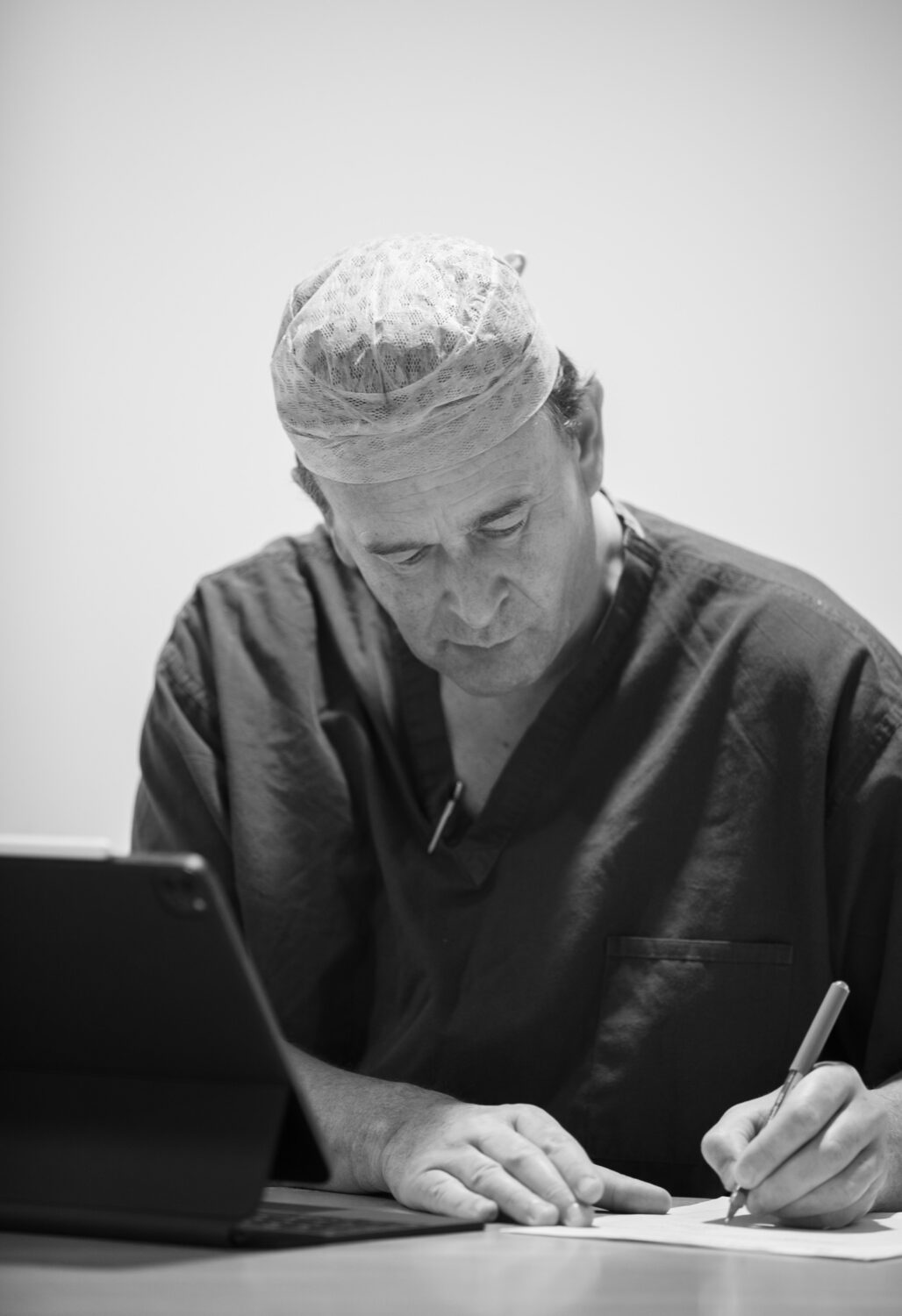
About your Plastic Surgeon: Mr Antony Fitton
MB, BS(hons)., MD., FRCS(eng)., FRCS(plast).
Mr Antony Fitton qualified at the Royal London Hospital in 1989 with distinction in Surgery. He holds an MB, BS(Hons)., MD., FRCS(eng). and FRCS(plast). (Fellowship at the Royal College of Surgeons).
He is a member of BAPRAS (British Association for Plastic, Reconstructive and Aesthetic Surgeons), BAAPS (British Association for Aesthetic Plastic Surgeons), and BSSH (British Society for Surgery of the Hand).
Mr Fitton has received the Paton & Masser Award and the CM Matthews Award from the Royal College of Surgeons of England for his research in nerve injury.
Mr Fitton is licensed as a Plastic and Reconstructive Surgeon by the GMC.

- 0% Finance Available
- Consultations and treatments are available at either the Nuffield Health Hospital, Plymouth or the Duchy Hospital, Truro
- Care Quality Commission Regulated
- GMC Specialist Registered Surgeon
- BAPRAS, BAAPS and BSSH member
- Registered MD
Life-changing result
"I just wanted to thank you (and your team) for the life-changing result of my top surgery. This will provide me with the freedom that I’m excited to enjoy, including being able to go swimming and actually staying cool in summer! All jokes aside, you have helped to mark a new chapter in my life, for which I am incredibly grateful… ALL the best."
Our appearance has an impact on how others perceive us. We are experts in creating an improved version of you. You can click on the procedure below for more information.
Body surgery (or contouring) can involve all or one of the following, with a prime focus on areas such as the buttocks, tummy, thighs, arms, and breasts. Click on the links below for more information.
There are several different types of hand surgery but all aim to restore functionality while making the hand look as normal as possible. Click on the links below for more information.

How to Choose the Right Size for My New Breast Implants
Discover the key factors to consider for the perfect breast implant size so you achieve your desired
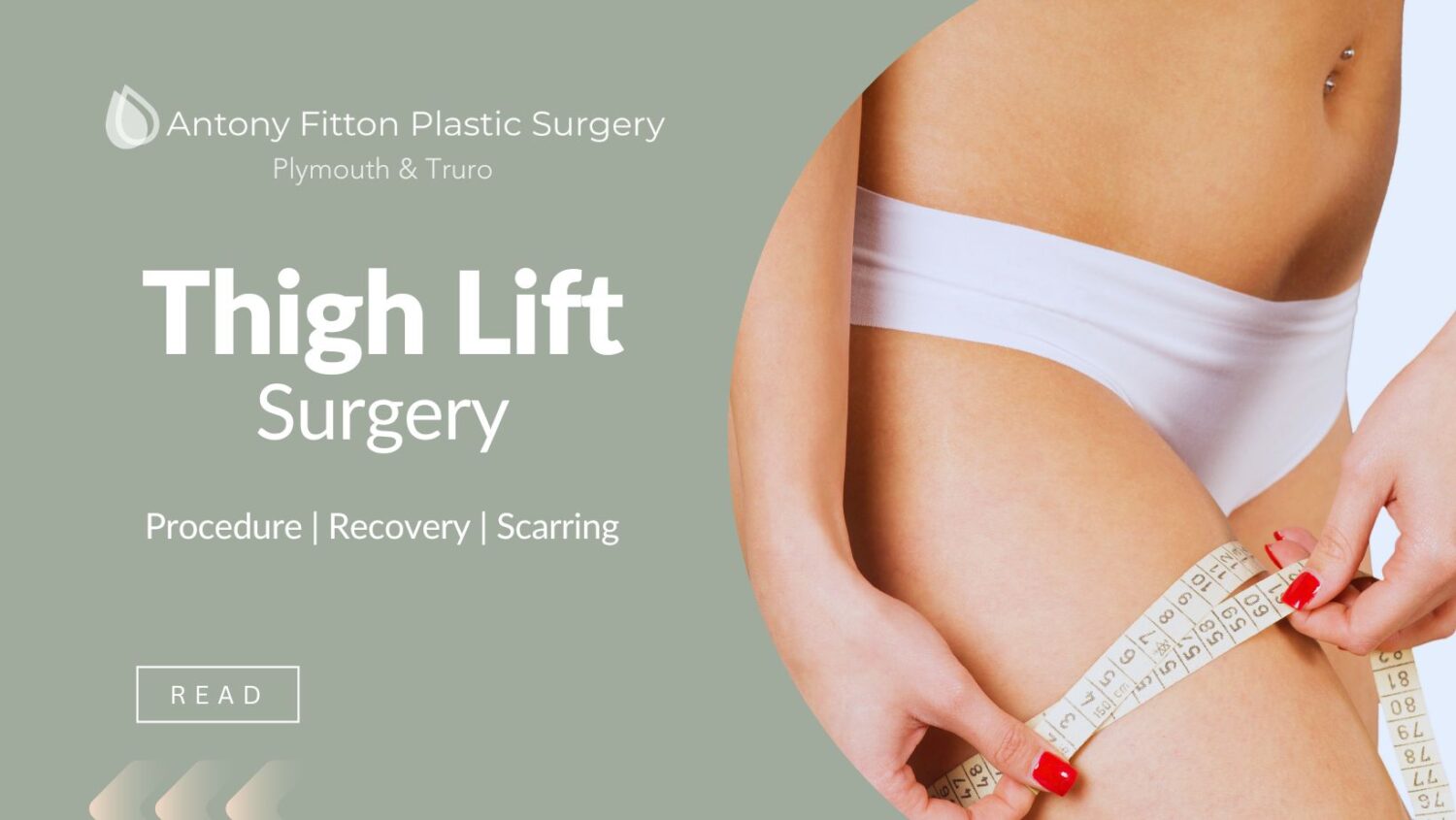
Thigh Lift Surgery: the procedure, recovery, and scarring
Thigh Lift Surgery: Everything you need to know about the procedure, recovery, and scarring. Expert
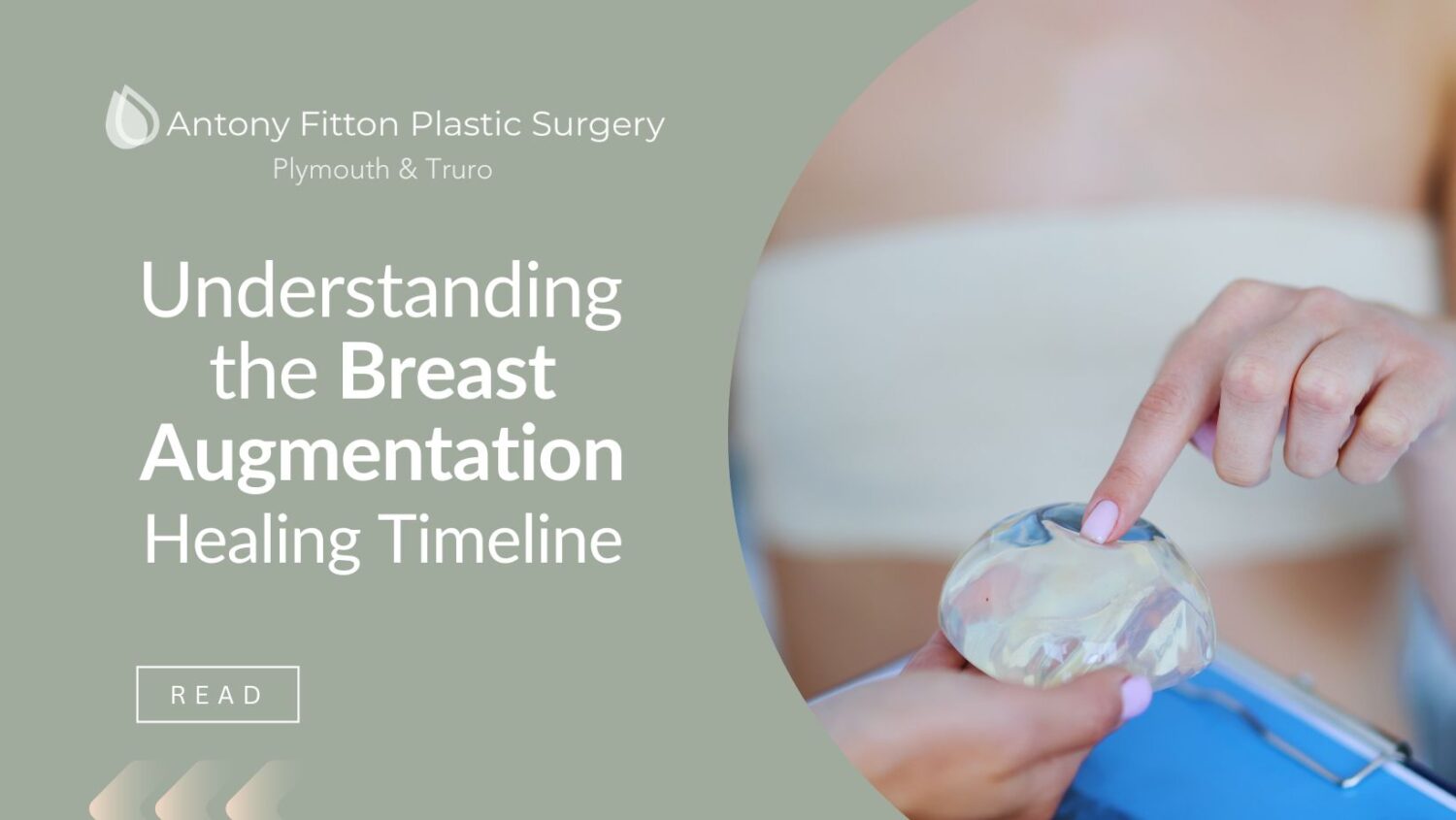
Breast Augmentation Healing Timeline: What to Expect
Gain insights into each stage of the recovery process and understand the importance of post-surgery



